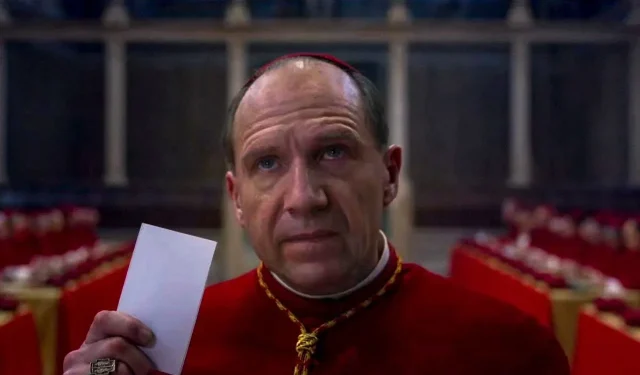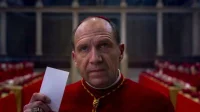The Oscar-winning film Conclave delves into the enigmatic process of electing a new pope, prompting discussions around its fidelity to real-life events. Following the passing of Pope Francis on April 21, 2025, due to a stroke and heart failure at 7:35 AM Central European Summer Time (1:35 AM Eastern Time) (source: The New York Times), audiences—both Catholic and non-Catholic—are left contemplating the future of one of the world’s most influential institutions. Released in 2024, Conclave won the Oscar for Best Adapted Screenplay in 2025, making its themes particularly relevant in light of recent events.
Over the centuries, the Catholic Church’s procedures for papal elections have undergone numerous revisions. Key reforms, such as the mandatory sequestration of cardinals and their oath of silence, add an element of intrigue to the entire process. Conclave aims to shed light on this complex mechanism, exploring both the logistical and political dimensions of selecting a new pope. Although some traditionalist factions within the Church criticized Conclave, particularly regarding its surprising conclusion, the film is praised for its meticulous attention to detail and overall accuracy.
Assessing the Authenticity of Conclave’s Papal Election Representation
Accurate Portrayal of Papal Election Procedures
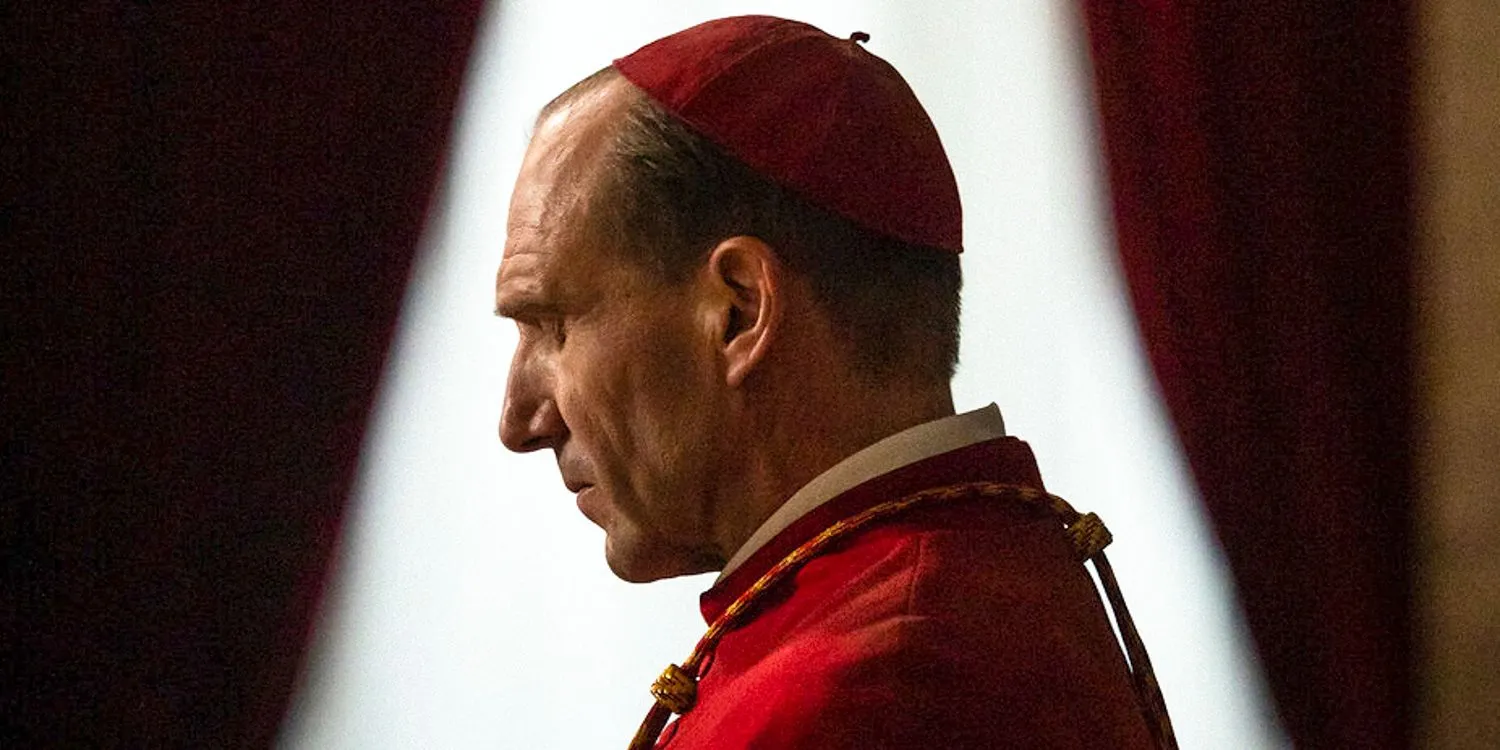
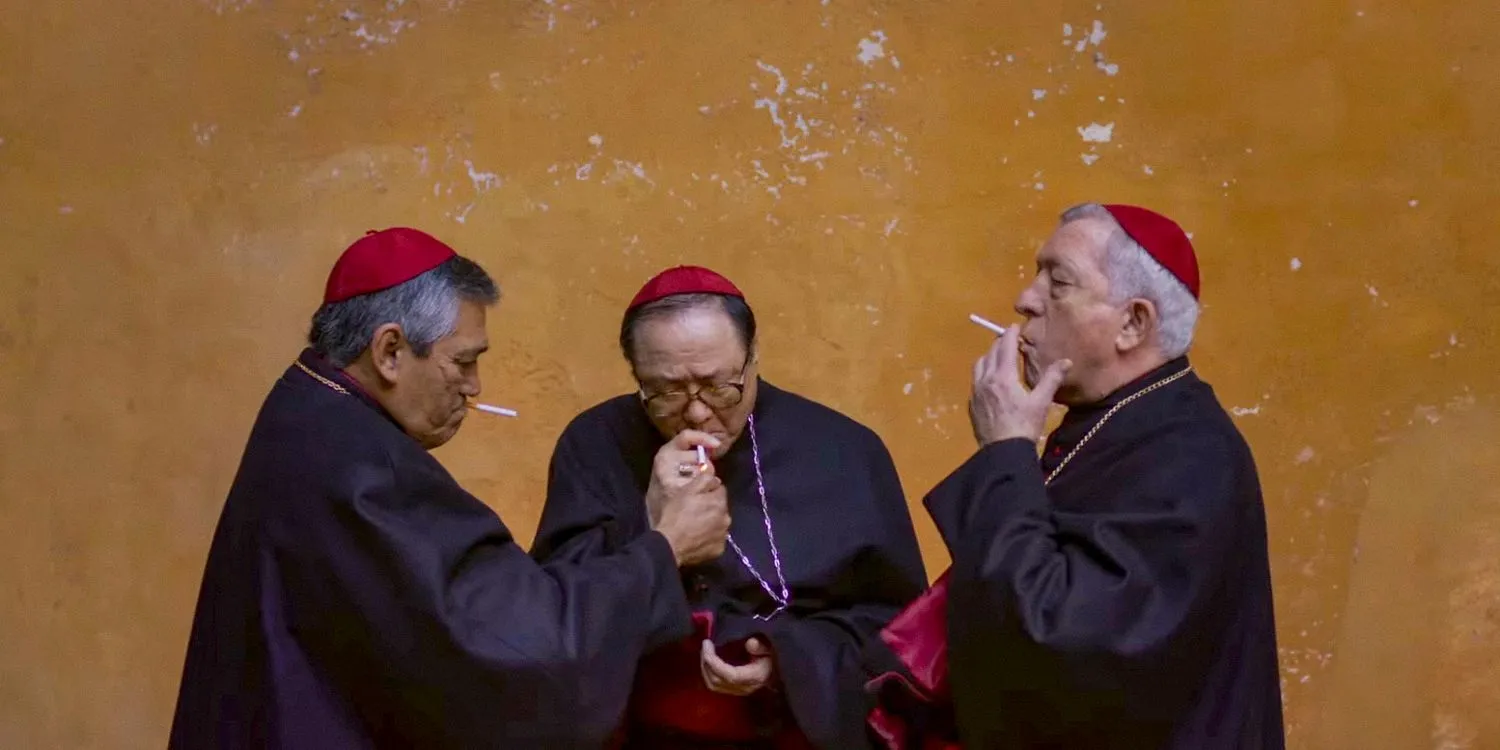
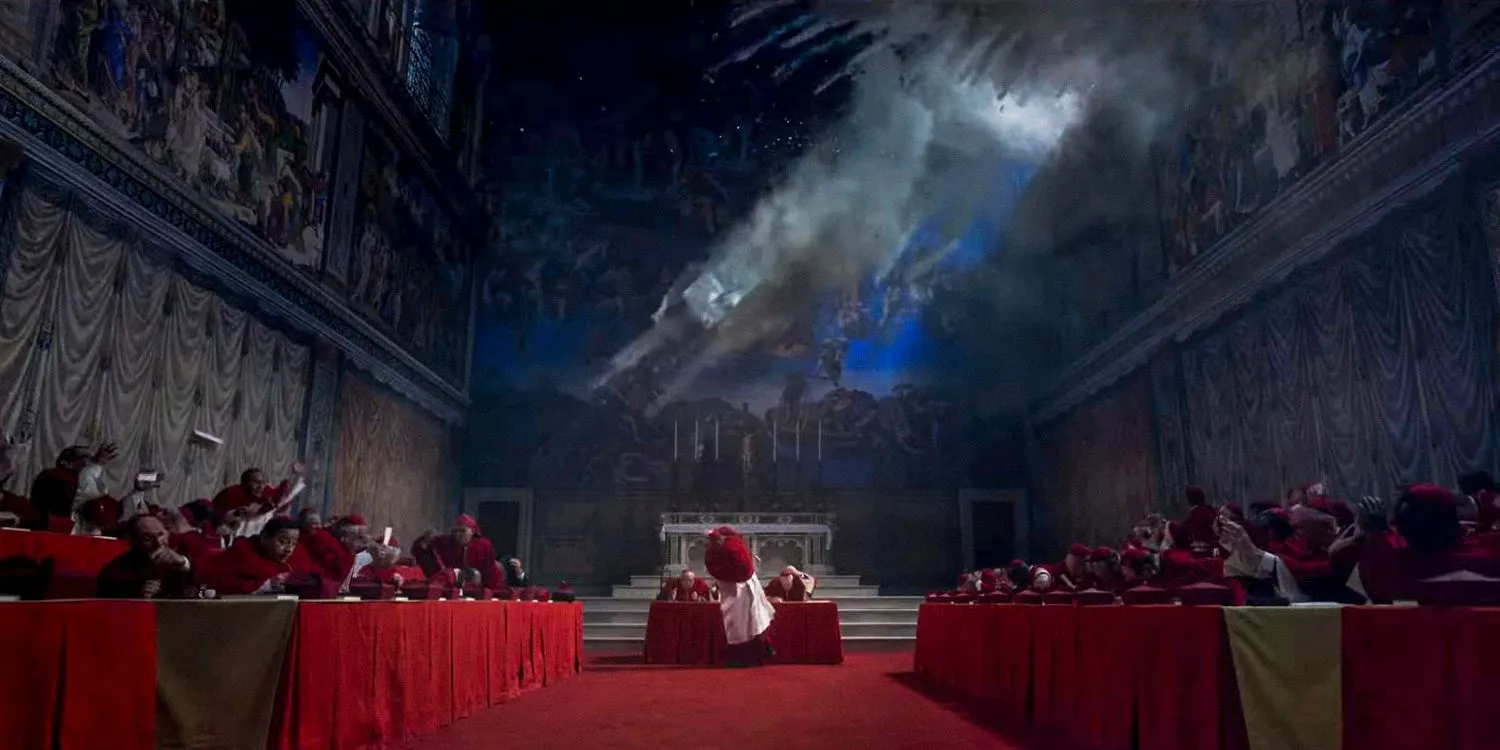
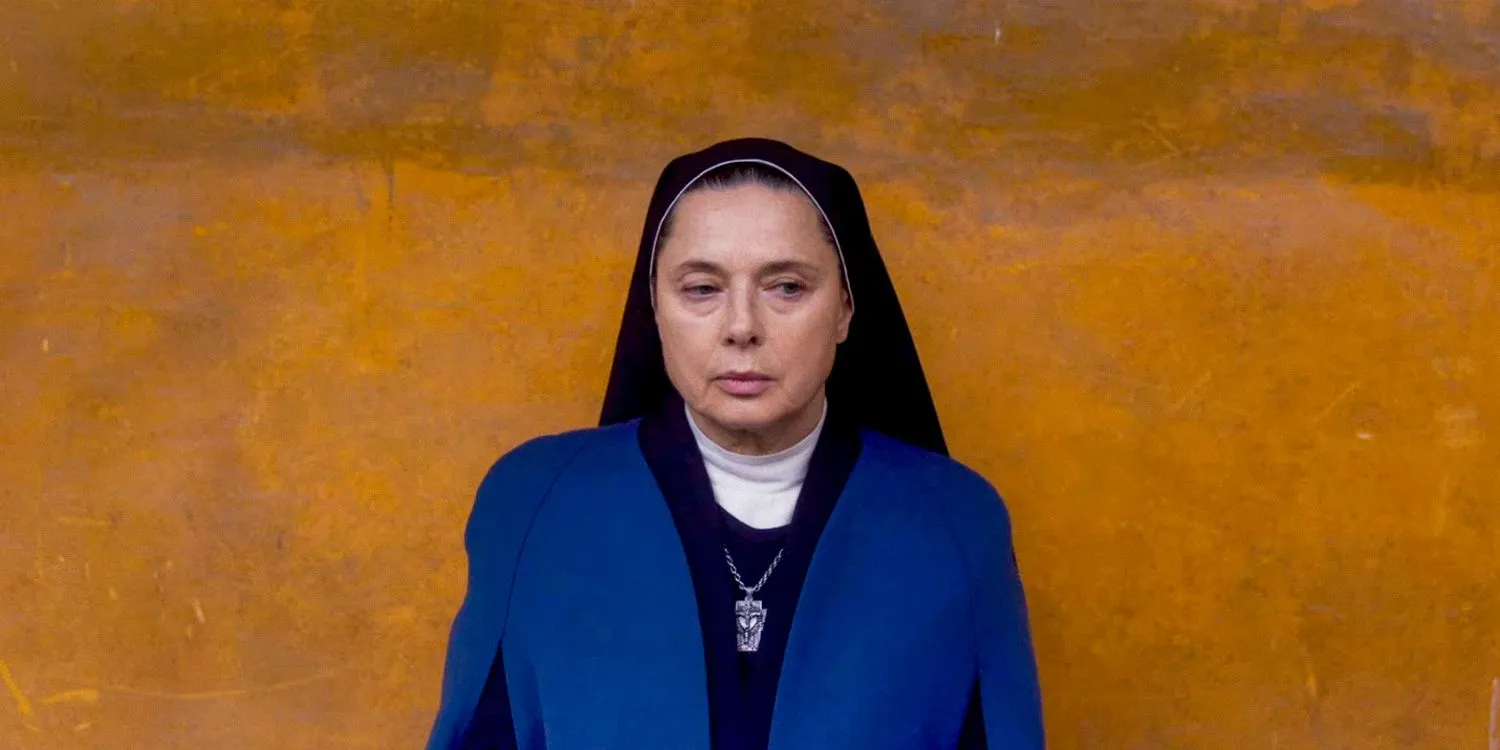
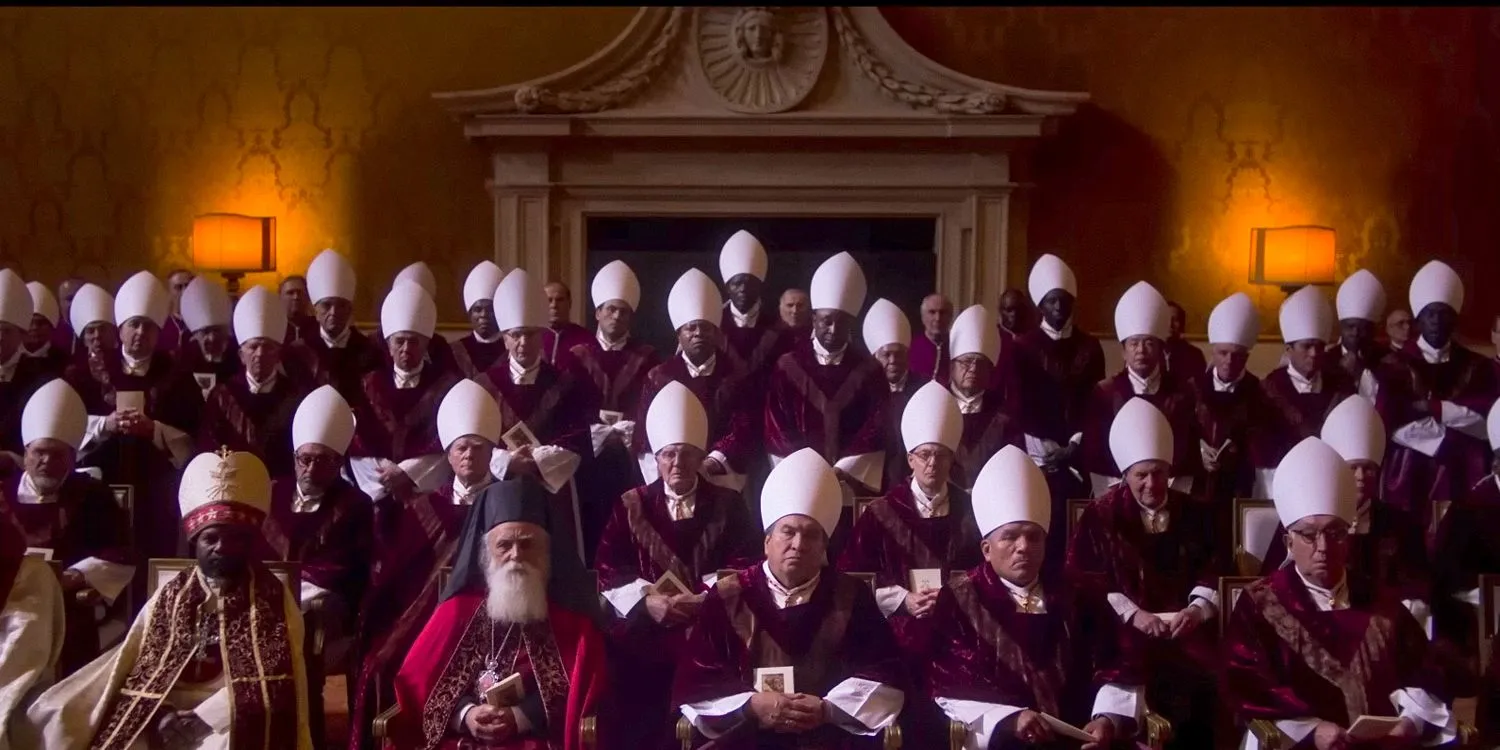
Experts largely concur that Conclave accurately depicts the papal election process. This includes nuanced elements like the destruction of the previous pope’s ring and the chemical treatment of ballots to create the signaling smoke colors, as well as broader practices such as the cardinals’ enforced seclusion during the conclave.
Sister Susan Francois, an assistant congregation leader with the Sisters of St. Joseph of Peace in New Jersey, emphasizes that human emotions inevitably intertwine with the spiritual discernment during the elections. As reported by NPR, she remarked:
“While we wish and hope and pray it is entirely a spiritual discernment process, we are only human beings. It’s impossible not to have the egos, worries, and concerns come to light, but as people of faith, I think the sisters hope and pray to be guided more by the light of the Holy Spirit.”
Similarly, Kathleen Sprows Cummings, a history professor at the University of Notre Dame and a fellow at the Ansari Institute, noted to Religion News Service that many of the film’s details resonate with reality. She pointed out that personal speeches can significantly influence the decision-making of cardinals, citing the elections of both Pope Francis and Pope Benedict XVI as prime examples.
Providing valuable insights for the film’s accuracy, Cardinal Cormac Murphy-O’Connor—who participated in the papal elections of 2005 and 2013—informed author Robert Harris during the creation of Conclave, ensuring a credible portrayal of the processes involved.
Speaking with NPR, Reverend Thomas Reese, a political science Ph.D. holder and author of several books on the Catholic Church, confirmed that aspects of the film’s representation were commendable. He specifically pointed out that the “voting procedure was done very well.”His book, Vatican: The Politics and Organization of the Catholic Church, offers additional insights into the conclave for those seeking a deeper understanding.
The authenticity of Conclave can be attributed to Robert Harris’s thorough research and consultation with real-life conclave participants. His collaboration with Cardinal Cormac Murphy-O’Connor ensured that the portrayal was grounded in actual experience. Moreover, the filmmakers undertook a private tour of the Vatican and engaged with officials to clarify logistical details vital for accurate representation.
Misconceptions in Conclave’s Representation of the Pope Election Process
Identifying the Film’s Inaccuracies
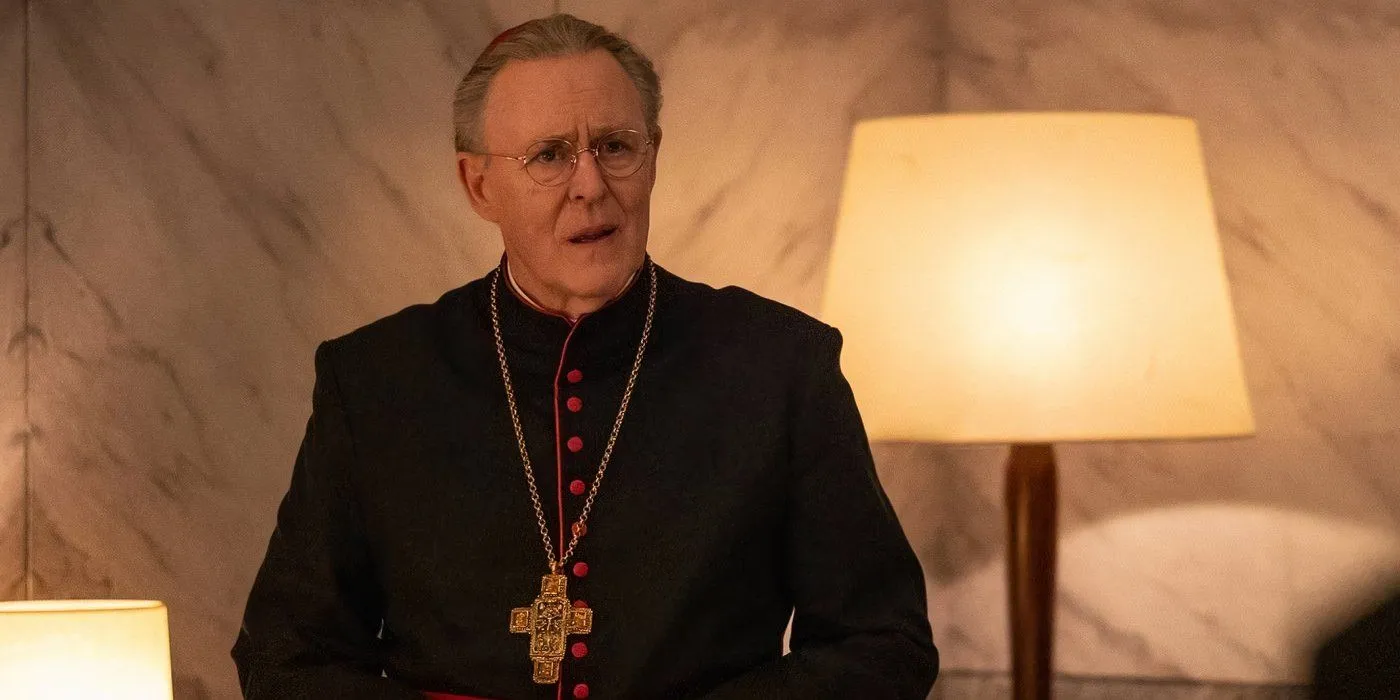

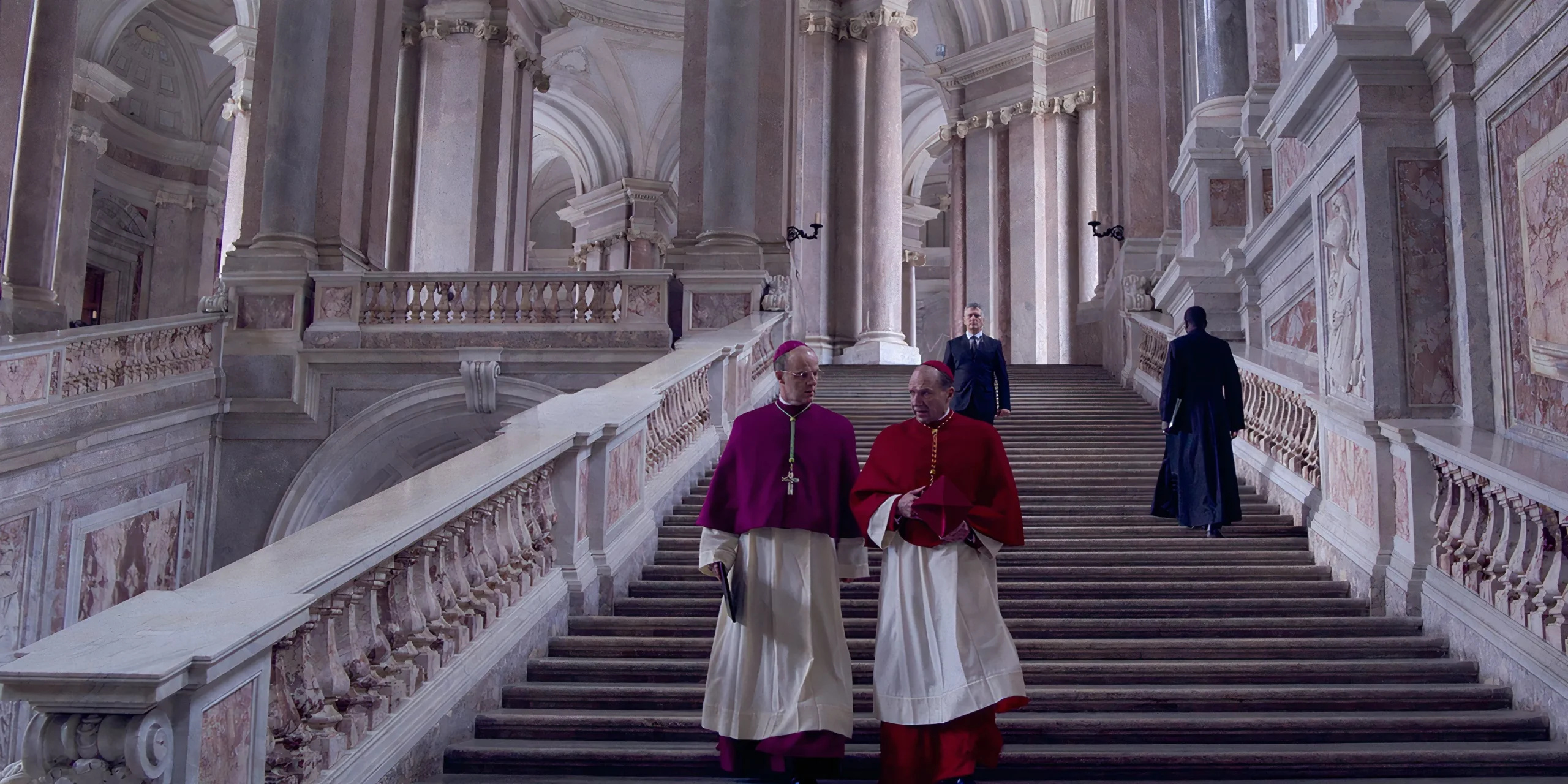


While Conclave predominantly captures the essence of the papal election, it does contain some inaccuracies. A significant error is the inclusion of a bishop who is a Cardinal in pectore, a designation that would not permit participation in the conclave unless formally recognized by the pope beforehand. David Gibson, Director of the Center on Religion and Culture at Fordham University, highlighted this discrepancy (source: GQ).
Massimo Faggioli, a theology professor at Villanova University, also noted inaccuracies discussed with Religion News Service, emphasizing that there are typically two weeks between the pope’s demise and the commencement of the conclave. During this period, the College of Cardinals convenes to deliberate on the Church’s needs and build collegial relationships. Furthermore, he mentioned that conclave discussions are often more diplomatic and nuanced than portrayed in the film, and that real elections tend to factor in global perspectives beyond North America, questioning the presence of two North American candidates as unlikely.
Additionally, the narrative simplifies the voting process. Real conclaves may conduct multiple votes each day across many days until a candidate secures a two-thirds majority. Ultimately, any inaccuracies in Conclave likely stem from the filmmakers’ need to condense a convoluted and clandestine procedure into a compelling two-hour narrative.
Sources: The New York Times, NPR, Religion News Service, GQ
